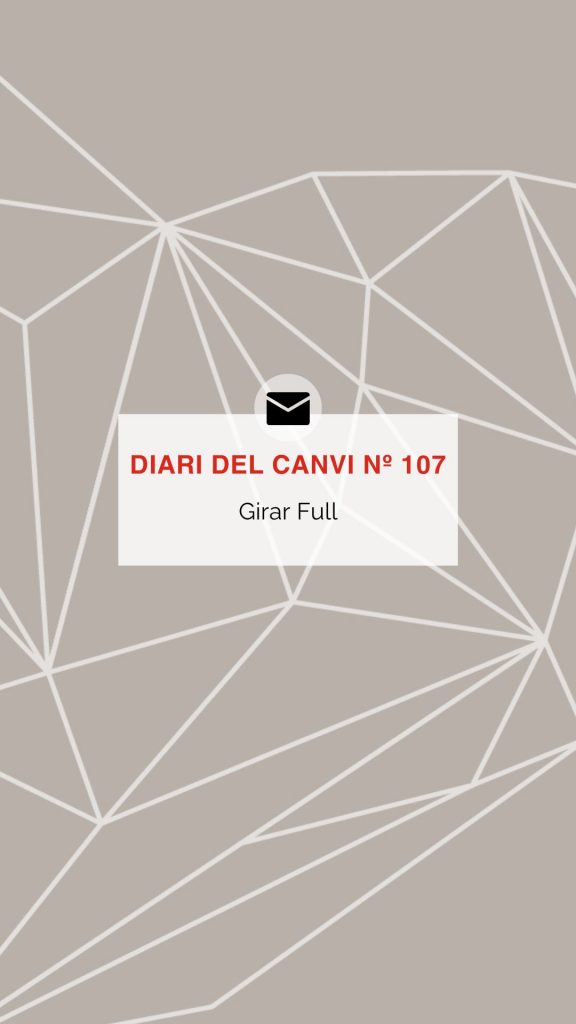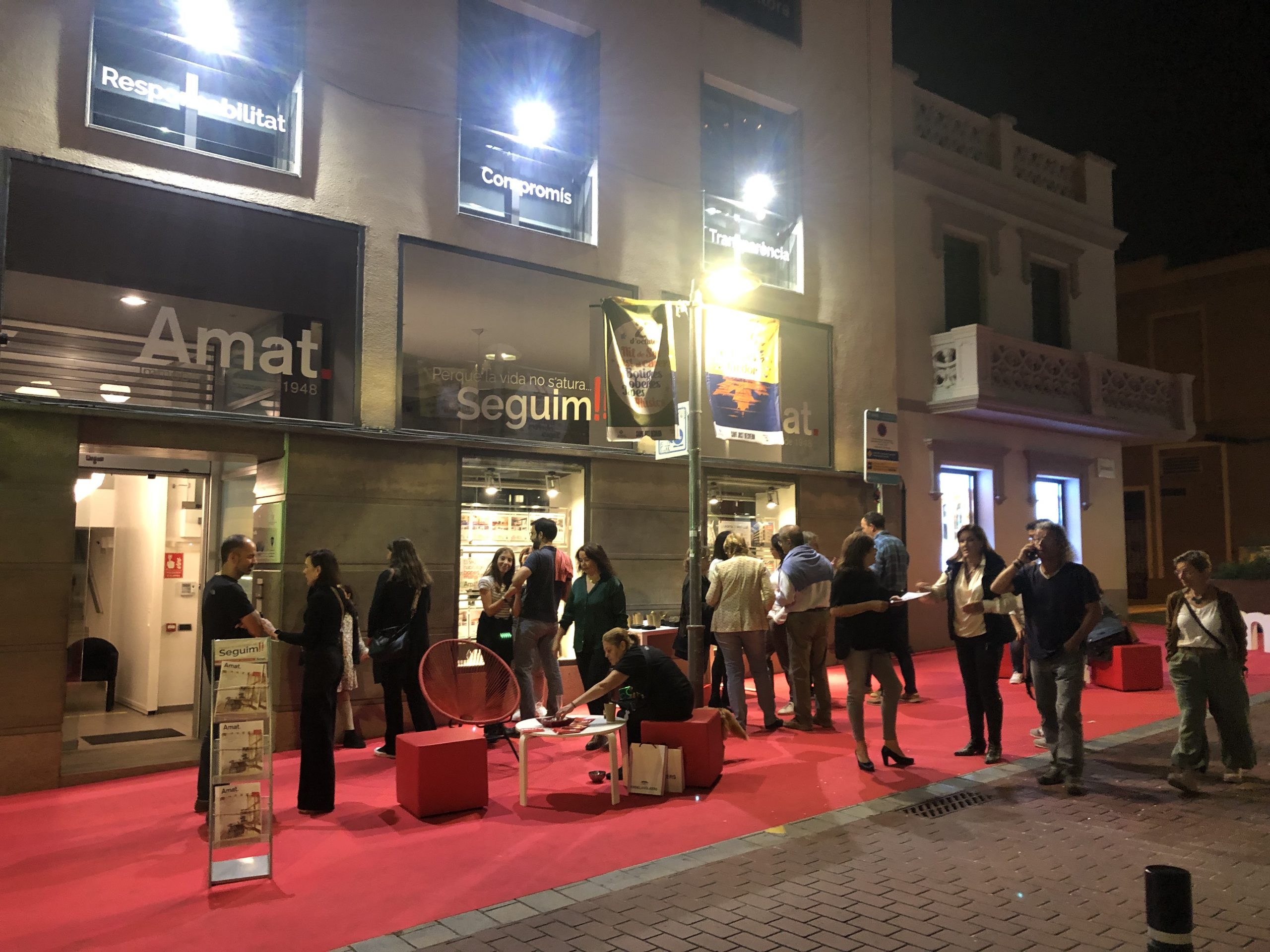Turning the Page – Diary of Change num.107
No. 107 Turning the Page
Faced with the constant flow of real estate sector data, for months the recurring comparison has been with the peak if 2007. Eighteen years have passed —a coming of age— and continuing to look at the market with the rearview mirror stuck on the pre-crisis peak condemns us to a short-sighted view and reactive policies. That period was a collective trauma, poorly managed, leaving deep scars on many families. As with any trauma, if we only recall it, we block our ability to imagine the future.
2007 happened, and it hurt. It left scars and also lessons, but it cannot be our compass. If we keep looking back, we perpetuate the emergency; if we turn the page, we can reorder priorities and build a future. Turning the page is not forgetting: it is regaining the ability to propose. As I read recently in a report, “today’s housing price is the accumulated cost of inaction since 2007” —an idea that especially challenges public administrations. Furthermore, comparisons are often made with non comparable data: today the demographic and social context is different; to cite just one example, today there are three million more households than in 2007 in Spain. In other words: we carry out a similar number of transactions, but the number of sales per capita is significantly lower.
Where are we today?
There is broad consensus on the diagnosis:
- Insufficient supply (especially in rental).
- Growing demand with diverse needs.
- Changing regulatory framework that creates uncertainty.
- Insufficient public housing stock across the territory.
- Need for rehabilitation and energy transformation of the existing stock.
In short: beyond the price, the main issue is one of supply ands governance.
What needs to be done to turn the page?
Drawing from recent Diaries and synthesizing proposals to build a better housing model, we highlight:
- A national horizon is needed: a stable housing and land agreement on a metropolitan regional scale: land, mobility, economic model, facilities, and coordinated services. Without a regional vision, there won’t be room for everyone.
- Structural supply is needed: public and mixed housing stock with scale, especially in rental, and realistic, binding schedules for promotion and management.
- Public-private collaboration is needed: restoring trust between the parties by setting projects with clear objectives, schedules, and guarantees.
- Legal security and simplicity are needed: fewer changes, better quality regulation, and prior and subsequent impact assessments. Regulation must be detached from electoral interests.
- Rental turnover must be reactivated: fiscal and financial incentives so that landlords can move on in housing and thus release supply.
- Competitive financing is needed: to generate supply and facilitate demand-side purchasing.
- Smart densification is needed: intelligently and prudently in certain areas of our country.
- Rehabilitation is needed: simplify procedures, schedule subsidies, and combine them with affordable financing for co-owners.
- Open data and a unified diagnosis are needed: decisions based on comparable data (price and effective supply). Without a shared dashboard, we will always argue over the narrative and not the reality.
As a family-owned company with a long-term vocation, and as sector agents, we want to contribute to building this future. For us, 2007 was also a great trauma from which we learned; today, however, the horizon is to look ahead and set solutions in motion.
Guifré Homedes | Director General Amat
Did you enjoy this reflection? Share it!
Read more reflections in the “Diari del Canvi”
The Diari del Canvi is an initiative by Amat that emerged in response to the financial crisis that erupted in the summer of 2008 and had a major impact on the real estate market. In that moment of uncertainty, Amat felt the need and conviction to inform its clients, collaborators, and contacts about the events and changes taking place and affecting everyone.


